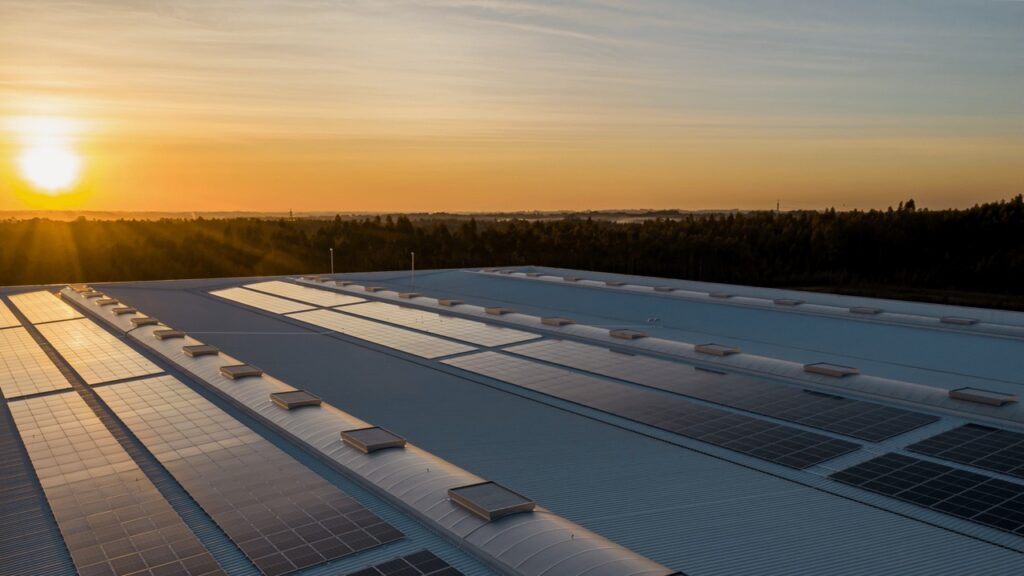In pursuit of higher conversion efficiency, battery technology has entered a new stage. The n-type battery is now iterating on the p-type battery, with the n-type battery doped with phosphorus in silicon materials. There are three main technology routes: TOPCON, HJT, and IBC. So what are the advantages of these three types of batteries? Let’s take a look.
First, let’s talk about the advantages of TOPCON batteries. On the one hand, the theoretical conversion efficiency of TOPCON batteries is high, reaching 28.7%, which is close to the limit of PERC technology. On the other hand, the overlap between TOPCON and PERC lines is high, which can reduce the cost of upgrading the production line. However, the TOPCON process is relatively complicated, with about 12 steps, which may lead to a slightly lower product yield.
The second type is HJT, also known as heterojunction technology. HJT batteries have high stability and can generate electricity on both sides. Compared with TOPCON batteries with 12 steps, HJT only requires 4 steps, which greatly improves the product yield. However, the equipment and materials required for HJT batteries are very expensive, and the production process of low-temperature doping is more difficult, resulting in increased costs.
The third type is IBC batteries, which have a high conversion efficiency for single-sided structures. However, the process is more complex and the material requirements are higher, resulting in higher costs. Currently, only TOPCON and HJT technology routes have been commercially popularized, with TOPCON being more common.

